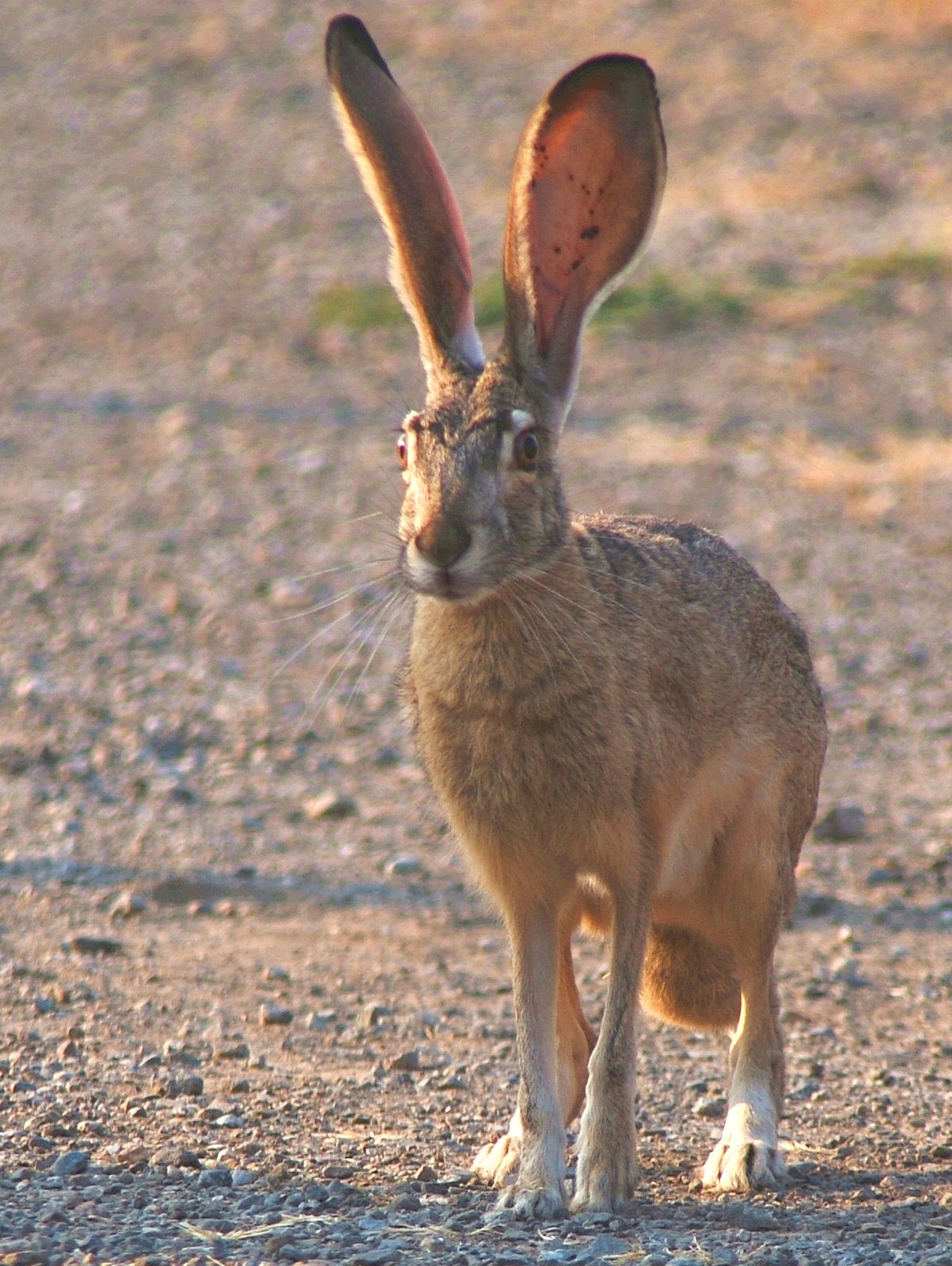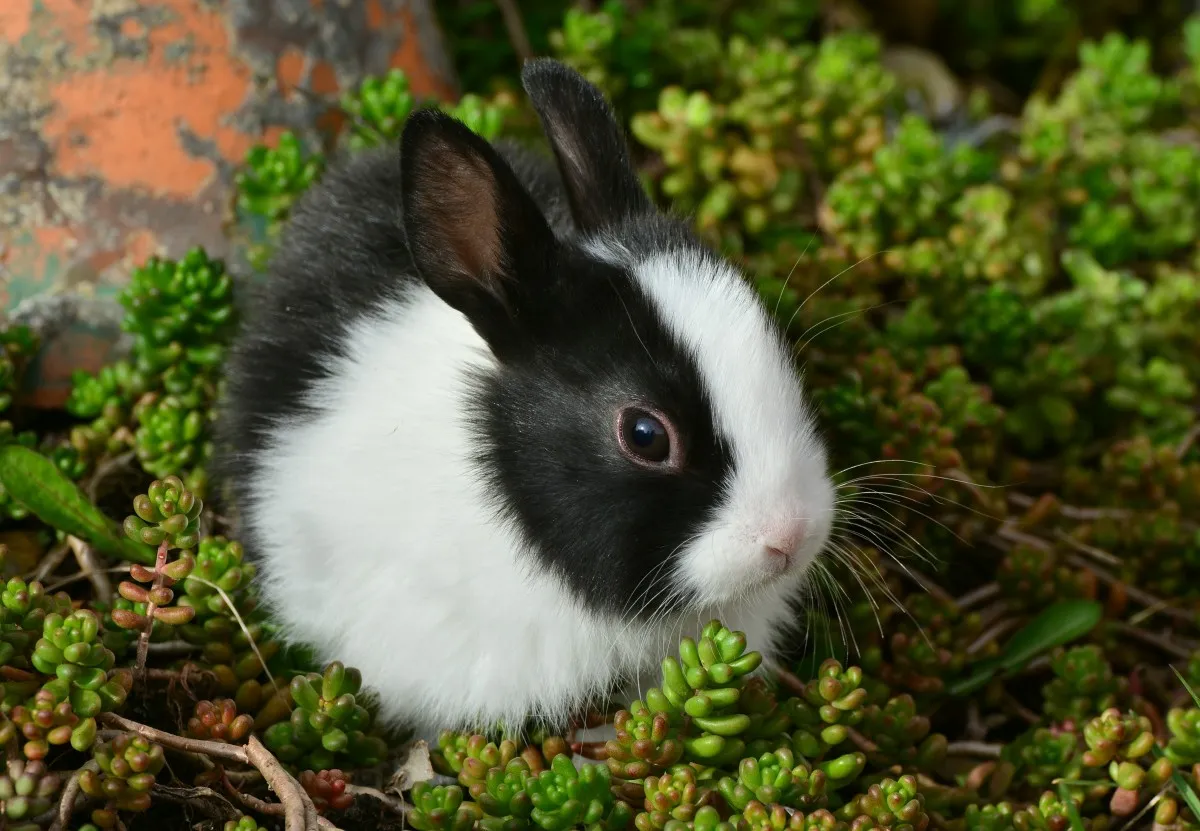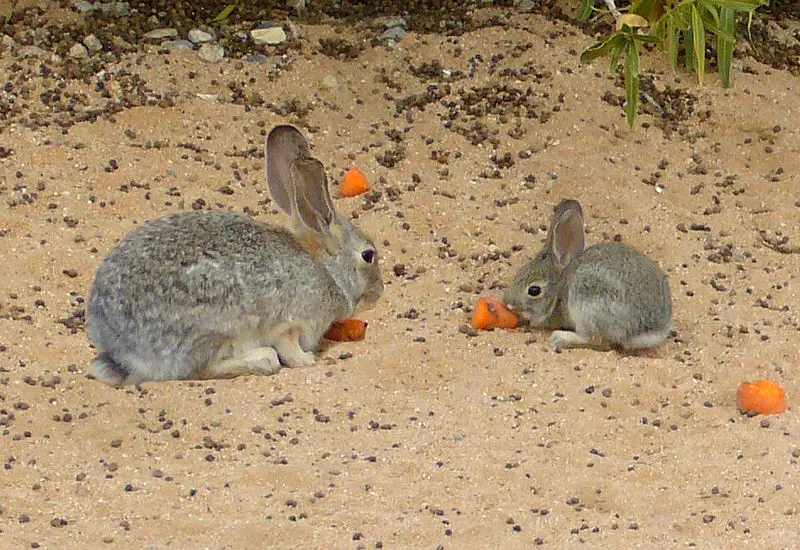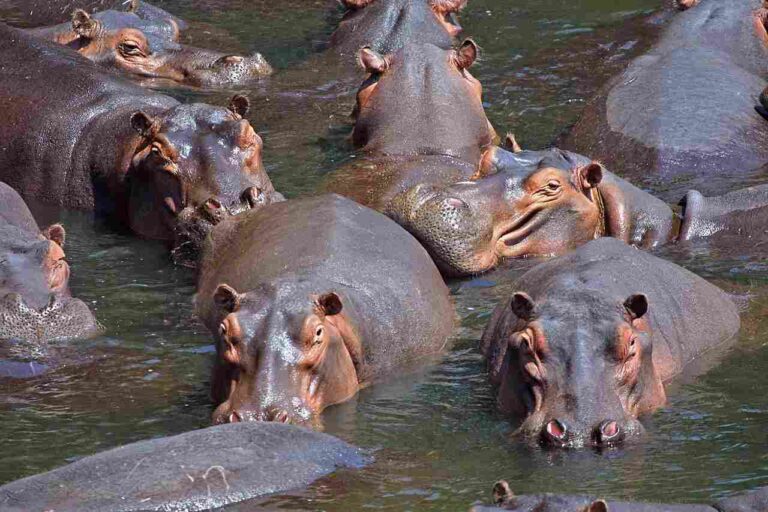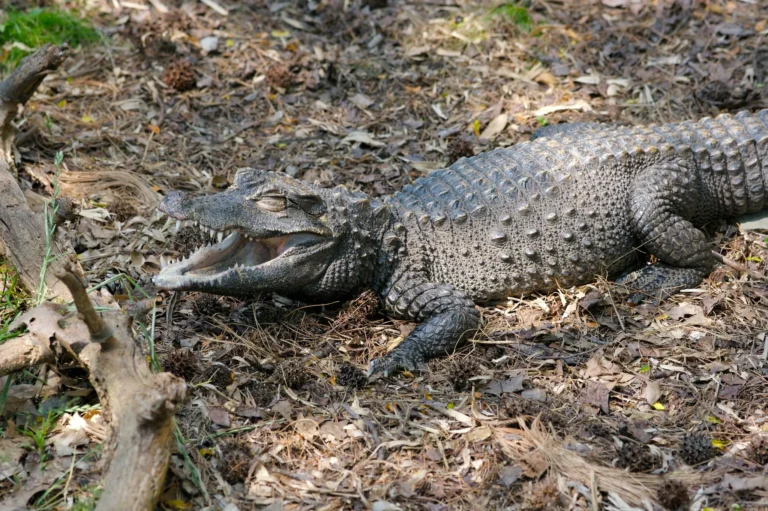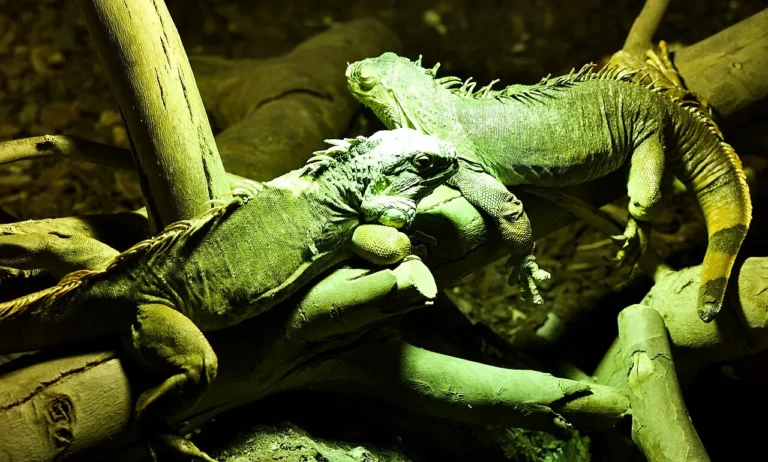Hare Vs Rabbit Vs Bunny Differences and Similarities Discussed
Exploring the differences between hares, rabbits, and bunnies, all members of the Leporidae family, provides valuable insights into the unique characteristics of these lagomorphs.
I. Physical Characteristics:
– Hares, distinct from rabbits, exhibit larger size, longer ears, and hind legs. In comparison, rabbits have softer fur, shorter ears, and are more inclined to inhabit burrows within denser vegetation. Meanwhile, the term “bunny” is often associated with young rabbits, emphasizing their cuteness.
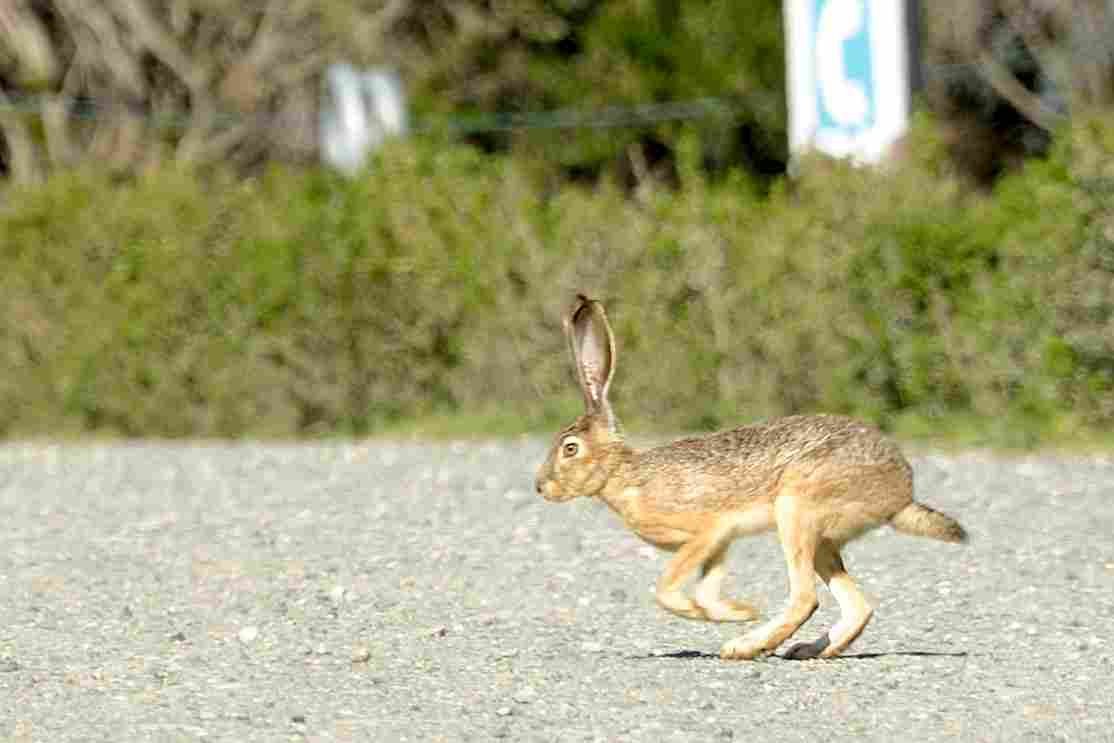
II. Color and Appearance:
– Hares tend to be larger than rabbits, with a grizzled russet brown coat, long hind legs, and longer ears with black markings. In contrast, rabbits, including bunnies, have a more varied coloration, and their fur stays the same color year-round. Bunnies, often seen as cute and fluffy, may be used colloquially to refer to young rabbits.
III. Scientific Insights:
– Scientifically, “rabbit” is the recognized name for over 20 related species in the same Genus. “Bunny” is a colloquial term for the same species, especially when referring to small or young rabbits. Hares, on the other hand, are identified as a completely different species with distinctive features.
IV. Cultural Perceptions:
– Popular culture often associates “bunny” with smaller, cuter connotations, while “rabbit” or “hare” may evoke different perceptions. These cultural nuances influence how individuals refer to these endearing creatures in both colloquial and formal contexts.
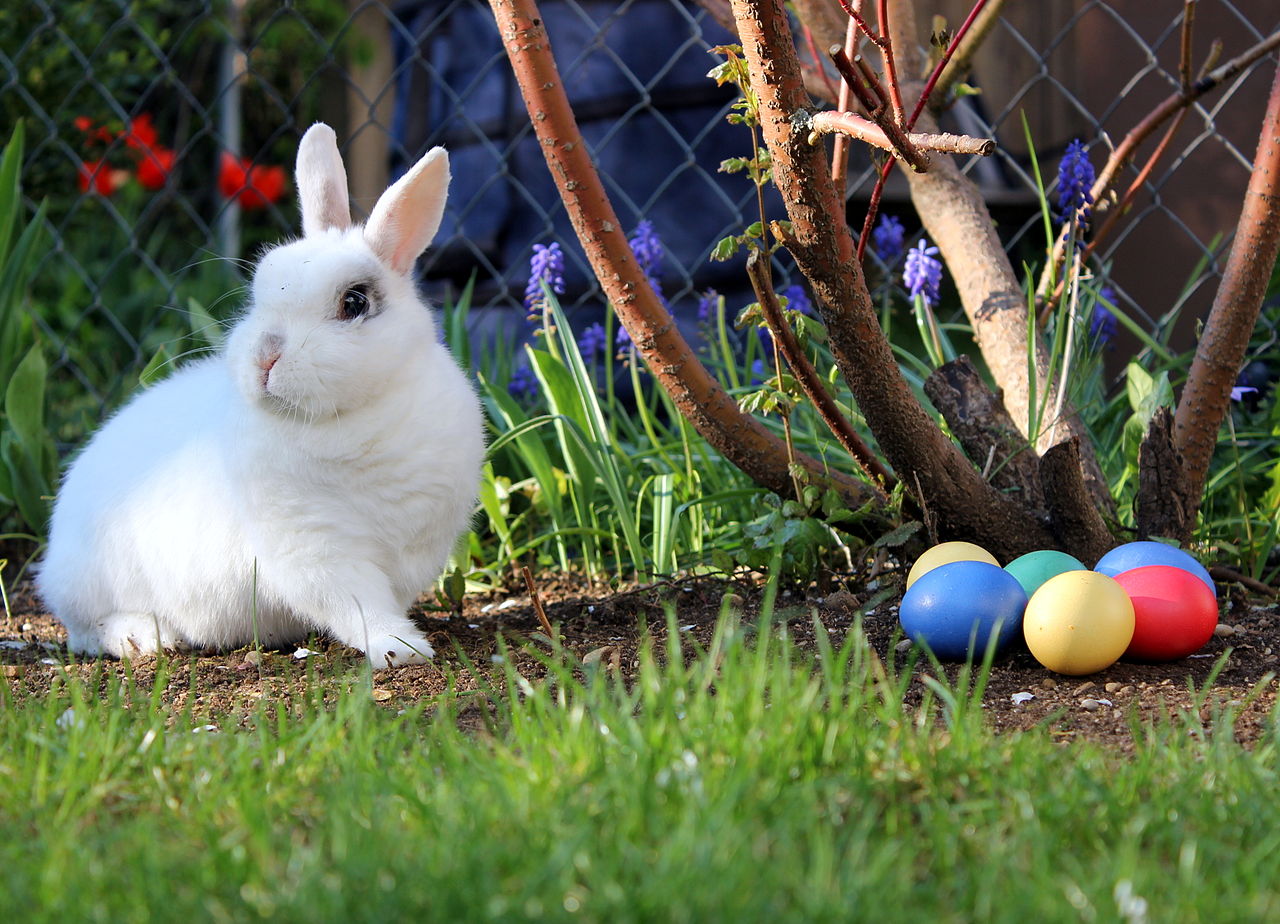
V. Geographic Distribution:
– Rabbits, hares, and bunnies inhabit various regions globally. Understanding their distinct features enhances our comprehension of their adaptations to diverse environments.
VI. Behavioral Differences:
– In terms of behavior, hares are generally more solitary, while rabbits, including bunnies, may exhibit social tendencies. Recognizing these behavioral contrasts contributes to a more comprehensive understanding of their lifestyles.
*Details of Comparison
| Criteria | Hare | Rabbit/Bunny |
| Appearance | Longer legs, ears, seasonal fur changes |
Shorter legs, ears, consistent fur color, adapted for burrowing
|
| Size | Generally larger, robust build |
Smaller, more compact body structure
|
| Weight | Heavier, more muscular |
Lighter, slender build
|
| Dentition & Bite Force | Longer incisors, higher bite force |
Shorter incisors, lower bite force
|
| Physical Offensive Advantages | Swift runners, sharp claws |
Agile, powerful hind leg kicks
|
| Physical Defensive Advantages | Camouflage, exceptional leaping |
Burrowing, camouflage, freeze response
|
| Speed | Faster, reaching 64 km/h (40 mph) or more |
Slightly slower, around 56 km/h (35 mph)
|
| Agility | Agile in high-speed chases |
Highly agile, especially in confined spaces
|
| Senses | Excellent hearing, vision, sensitive to vibrations |
Well-developed hearing, smell, eyes on sides for broad view
|
| Overall Physical Capacity | Suited for endurance running, leaping |
Tailored for agility, burrow living
|
| Habitat Preference & Region | Open habitats (grasslands, tundra), global distribution |
Vegetation-rich habitats, global distribution, adaptable
|
| Tracks | Long hindfoot tracks, distinct claw marks |
Shorter hindfoot tracks, distinctive front paw marks
|
| Lifespan | Shorter, 1 to 4 years |
Longer, 5 to 10 years
|
| Mode of Feeding | Herbivorous, contributing to vegetation control |
Herbivorous, contributing to vegetation control
|
| Intelligence | Intelligent in evading predators |
Intelligent burrowers
|
| Social Behavior | Generally solitary, territorial |
Social, living in colonies with complex structures
|
| Mode of Reproduction | Precocial leverets | Altricial kits |
| Parental Behavior | Limited maternal care, leverets left alone |
Maternal care in burrows
|
| Proximity to Human-Inhabited Areas | Avoids human settlements |
Can adapt to urban areas
|
| Behavior Toward Humans | Skittish, likely to flee |
Varied responses, depending on habituation
|
| Danger Posed to Humans | Generally poses no direct danger |
Rarely poses a threat, may scratch or bite if threatened
|
| Associated Precautions | Observe from a distance |
Caution needed, especially in confined spaces or with young
|
| Conservation Status | Varies by species, some face threats |
Varies by species, some face threats
|
1. Taxonomy:
Hare (Genus: Lepus)
Belongs to the Leporidae family.
Different species include European hare (Lepus europaeus), Snowshoe hare (Lepus americanus), etc.
Rabbit (Genus: Oryctolagus, Sylvilagus, etc.)
Belongs to the Leporidae family.
Common species include European rabbit (Oryctolagus cuniculus), Cottontail rabbits (Sylvilagus spp.), etc.
Bunny (Informal Term)
Informal and endearing term for a young rabbit, often used interchangeably with “rabbit.”
While hares and rabbits belong to the same family, their genera differ, contributing to distinctive characteristics.
2. Appearance:

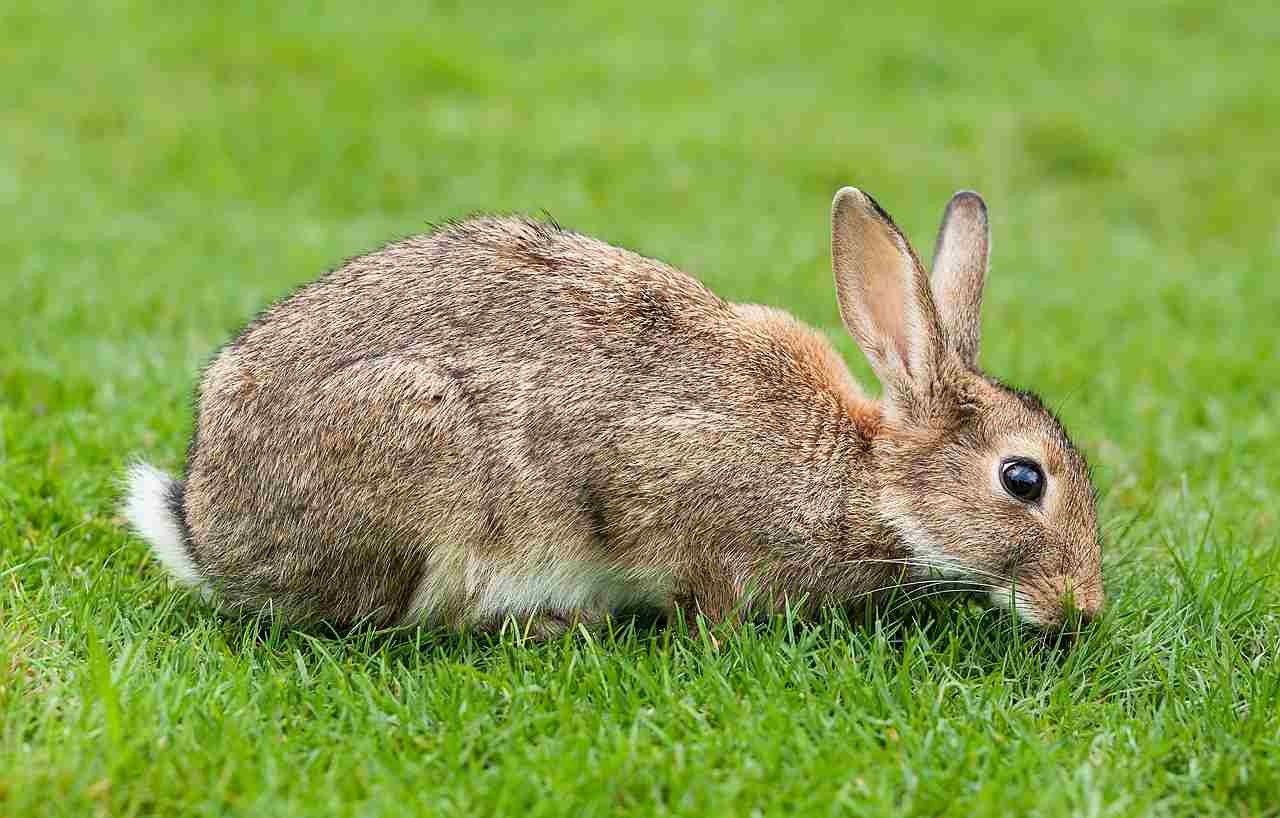
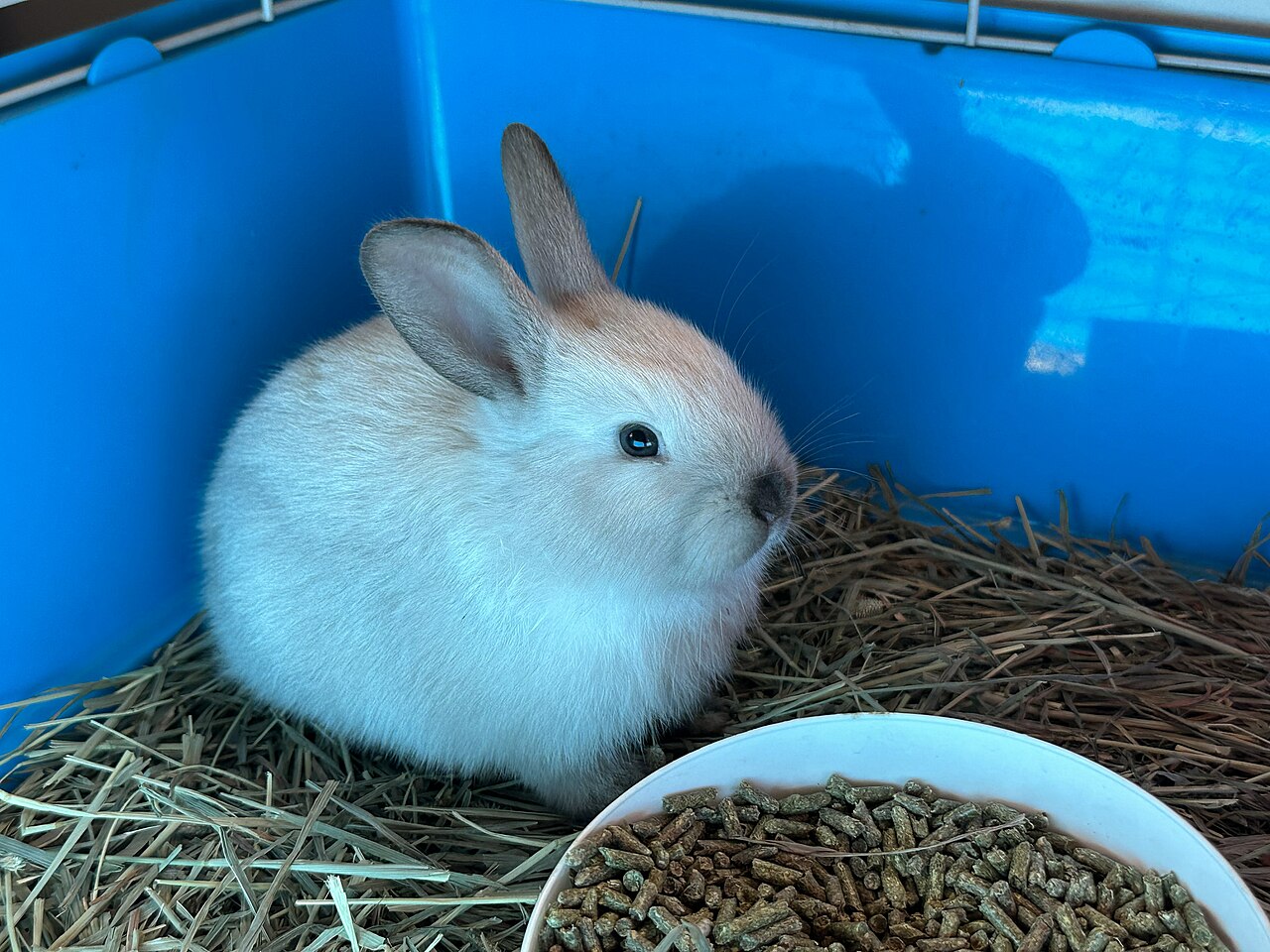
Hare:
Typically has longer legs and ears, adapted for sprinting in open habitats.
Fur color changes seasonally to blend with surroundings.
Rabbit/Bunny:
Shorter legs and ears, adapted for agility and burrow living.
Fur color often stays consistent, providing camouflage in their specific habitats.
Ecological Implications:
Hares’ adaptations favor open environments, aiding in evasion from predators.
Rabbits’ burrow-adapted features enhance protection and concealment, especially in grassy or wooded areas.
3. Size:
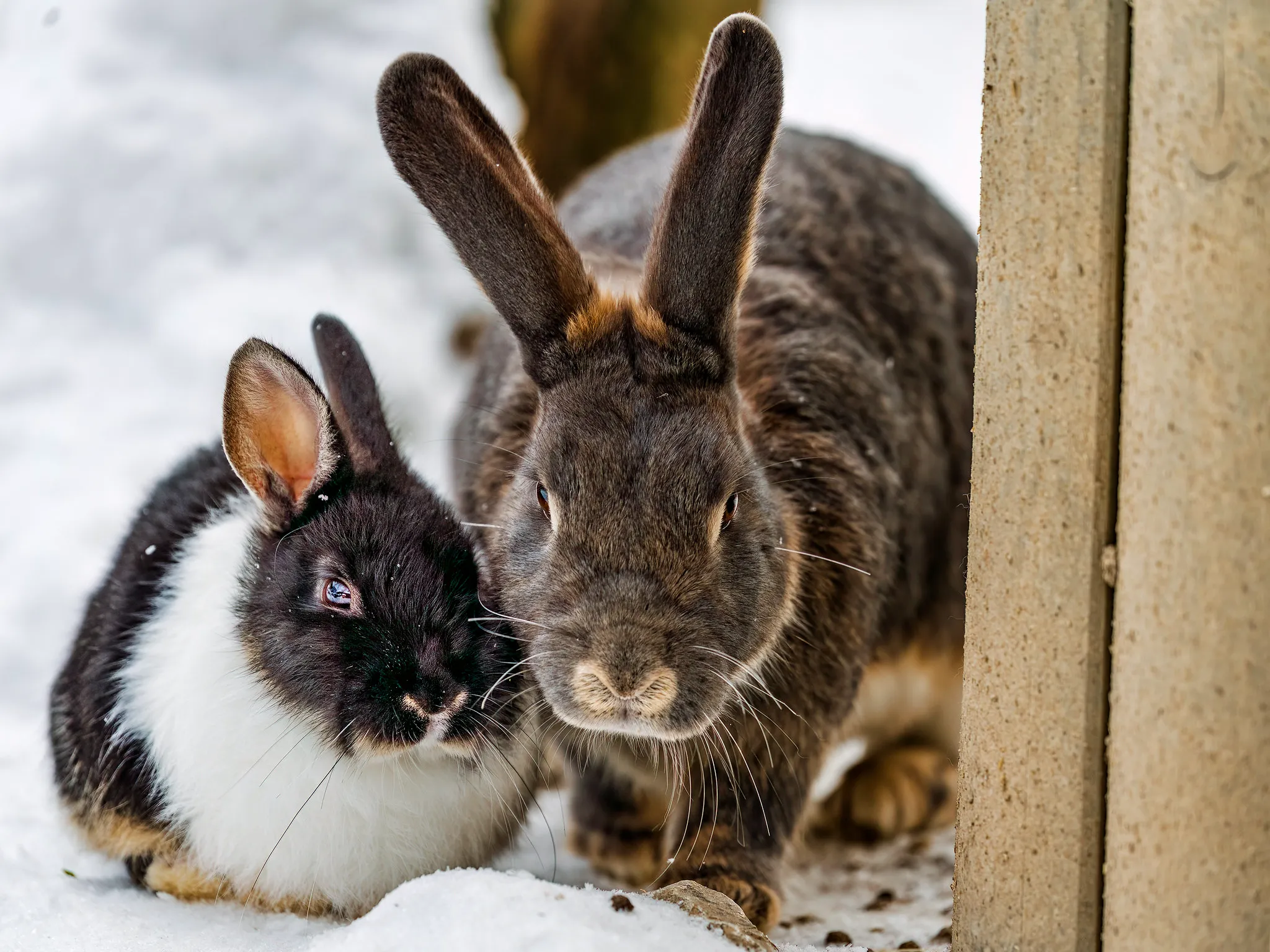
Hare:
Generally larger than rabbits, with a robust build.
Rabbit/Bunny:
Smaller in size, more compact body structure.
Ecological Implications:
Hares’ larger size may serve as an advantage in confrontations with predators.
Rabbits’ smaller size aids in maneuverability within burrows and tight spaces.
4. Weight:
Hare:
Typically heavier due to a more muscular body.
Rabbit/Bunny:
Lighter in weight with a relatively more slender build.
Ecological Implications:
Hares’ weight contributes to their strength during high-speed chases.
Rabbits’ lighter build facilitates agility and swift movements.
5. Dentition and Bite Force (PSI – Pounds per Square Inch):
Hare:
Longer incisors and strong bite force (around 800 PSI).
Rabbit/Bunny:
Shorter incisors with a comparatively less powerful bite force (around 350 PSI).
Ecological Implications:
Hares’ strong bite aids in processing tougher vegetation in open habitats.
Rabbits’ bite is adapted to their predominantly herbivorous diet, focused on softer plant material.
6. Physical Offensive Advantages:
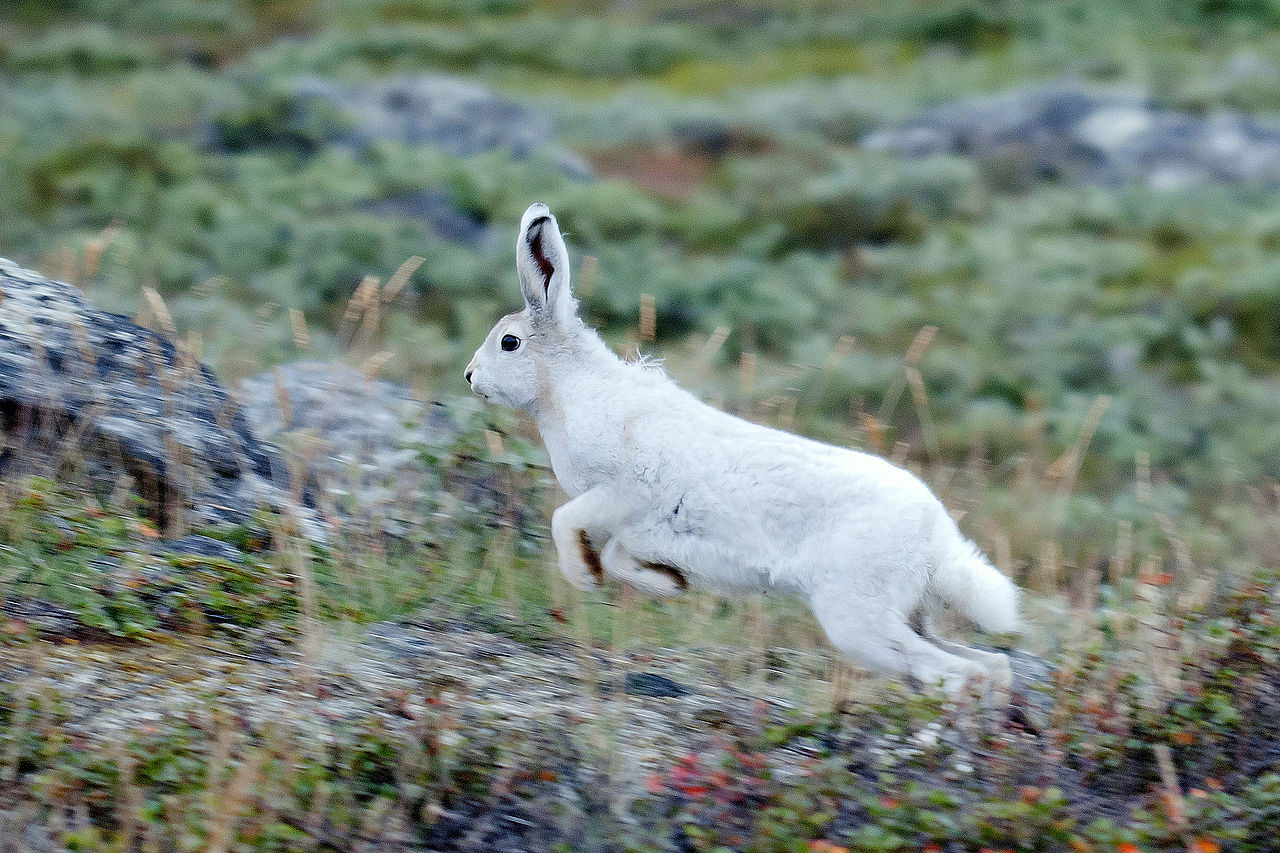
Hare:
Swift runners, can outrun many predators.
Sharp claws for self-defense.
Rabbit/Bunny:
Agile and quick, can dodge predators.
Hind legs adapted for powerful kicks.
Ecological Implications:
Hares’ speed and claws serve as primary defenses in open terrains.
Rabbits’ agility and hind leg kicks help in escaping predators in confined spaces.
7. Physical Defensive Advantages:
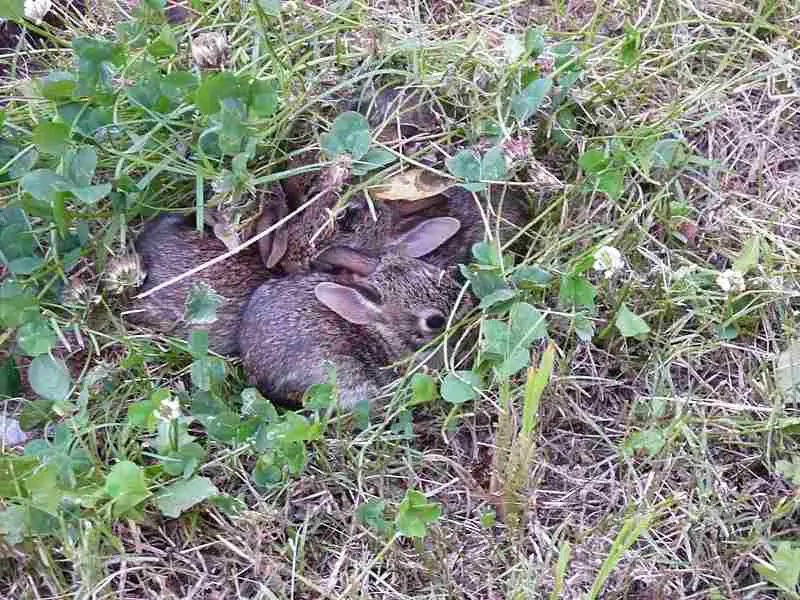
Hare:
Excellent camouflage with seasonal fur changes.
Exceptional leaping ability to escape predators.
Rabbit/Bunny:
Burrowing behavior for quick retreat.
Camouflage and freeze response when threatened.
Ecological Implications:
Hares’ camouflage and leaping aid in avoiding detection in open landscapes.
Rabbits’ burrowing and freeze response enhance their survival in burrowed habitats.
8. Speed (Km/hour or Mile/hour):
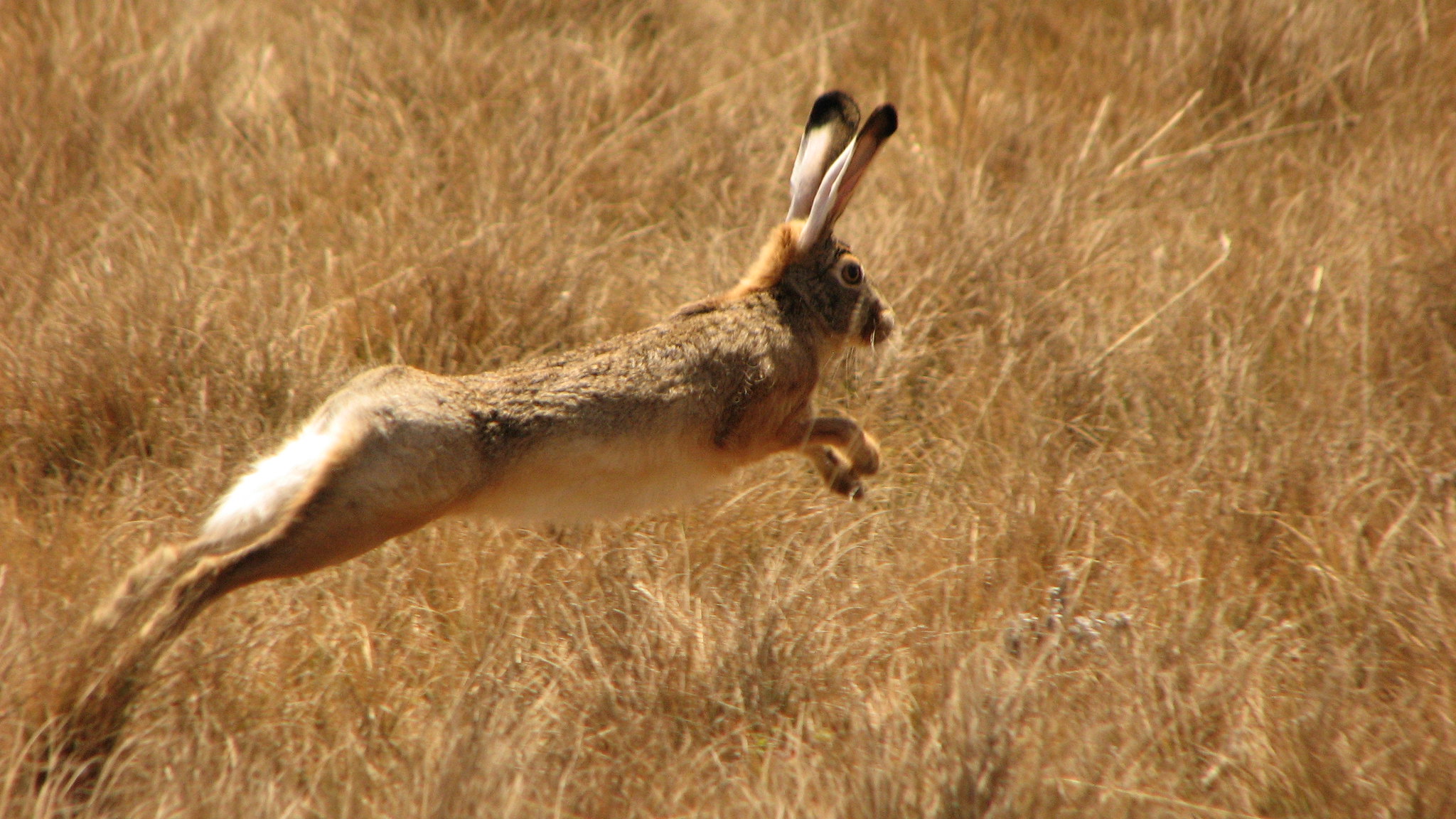
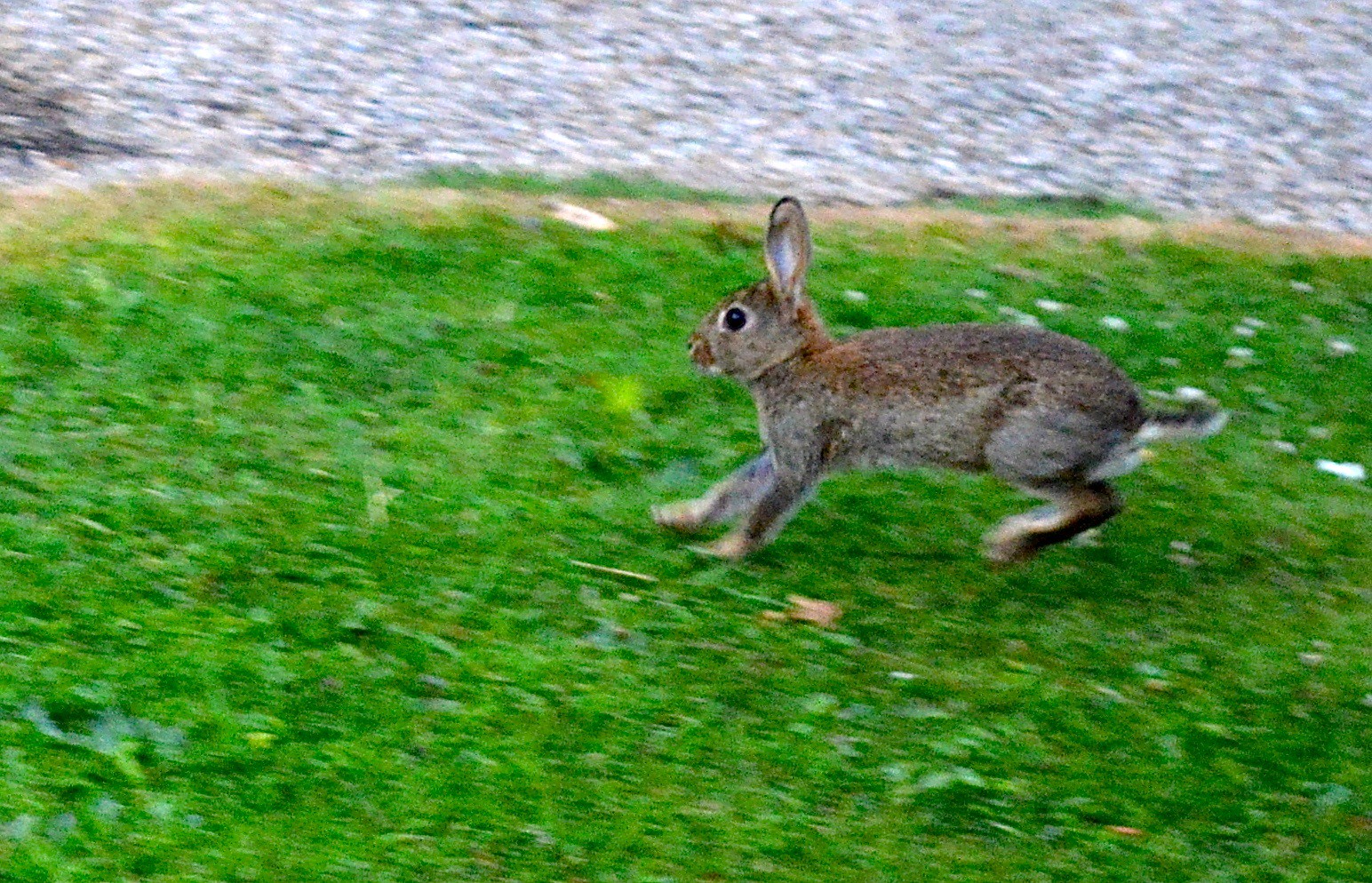
Hare:
Can reach speeds of 64 km/h (40 mph) or more.
Rabbit/Bunny:
Can attain speeds of 56 km/h (35 mph) or less.
Ecological Implications:
Hares’ exceptional speed helps in evading predators in open spaces.
Rabbits’ slightly lower speed is still crucial for escaping threats within their burrowed environments.
9. Agility:
Hare:
Agile in dodging obstacles during high-speed chases.
Rabbit/Bunny:
Highly agile, especially in tight spaces and burrows.
Ecological Implications:
Hares’ agility aids in navigating through diverse landscapes during pursuits.
Rabbits’ agility is essential for maneuvering within burrows and escaping predators in confined areas.
10. Senses:
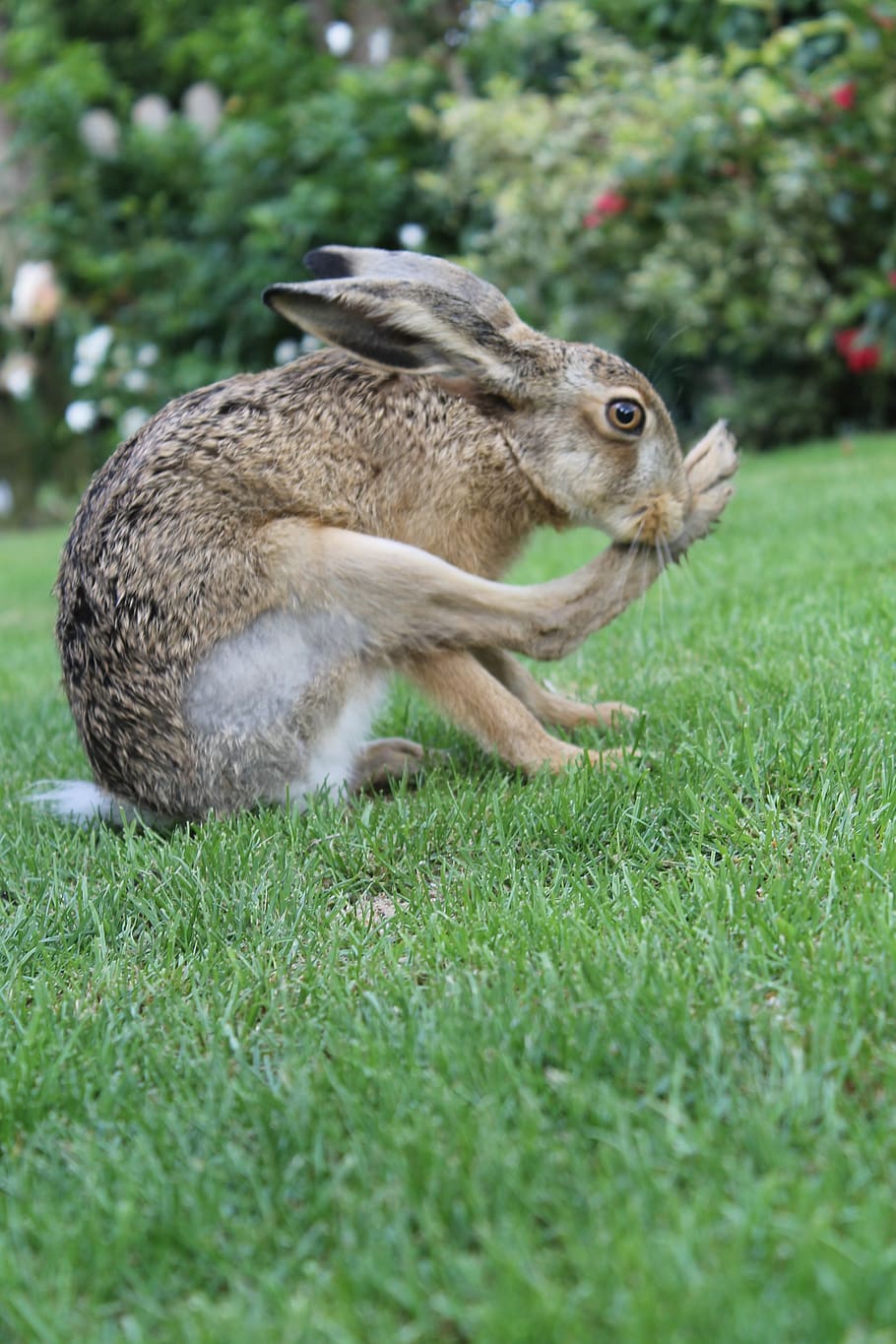
Hare:
Excellent hearing and vision.
Sensitive to vibrations, aiding in predator detection.
Rabbit/Bunny:
Well-developed senses of hearing and smell.
Eyes on the sides of the head provide a broad field of view.
Ecological Implications:
Hares’ acute senses contribute to early predator detection in open habitats.
Rabbits’ senses are adapted to their burrowed lifestyle, enhancing awareness of nearby threats.
11. Overall Physical Capacity:
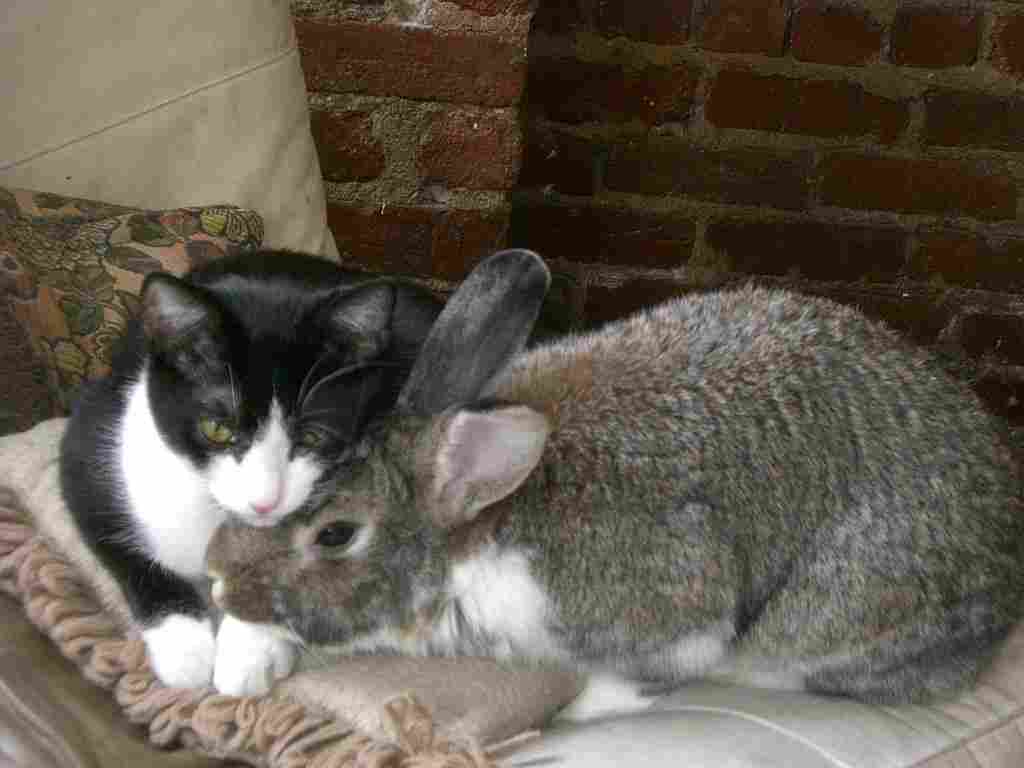
Hare:
Suited for endurance running and leaping.
Rabbit/Bunny:
Tailored for agility, quick movements, and burrow living.
Ecological Implications:
Hares’ physical capacity supports extended chases in open environments.
Rabbits’ physical traits are optimized for quick maneuvers in confined spaces.
12. Habitat Preference(s) and Geographic Region:
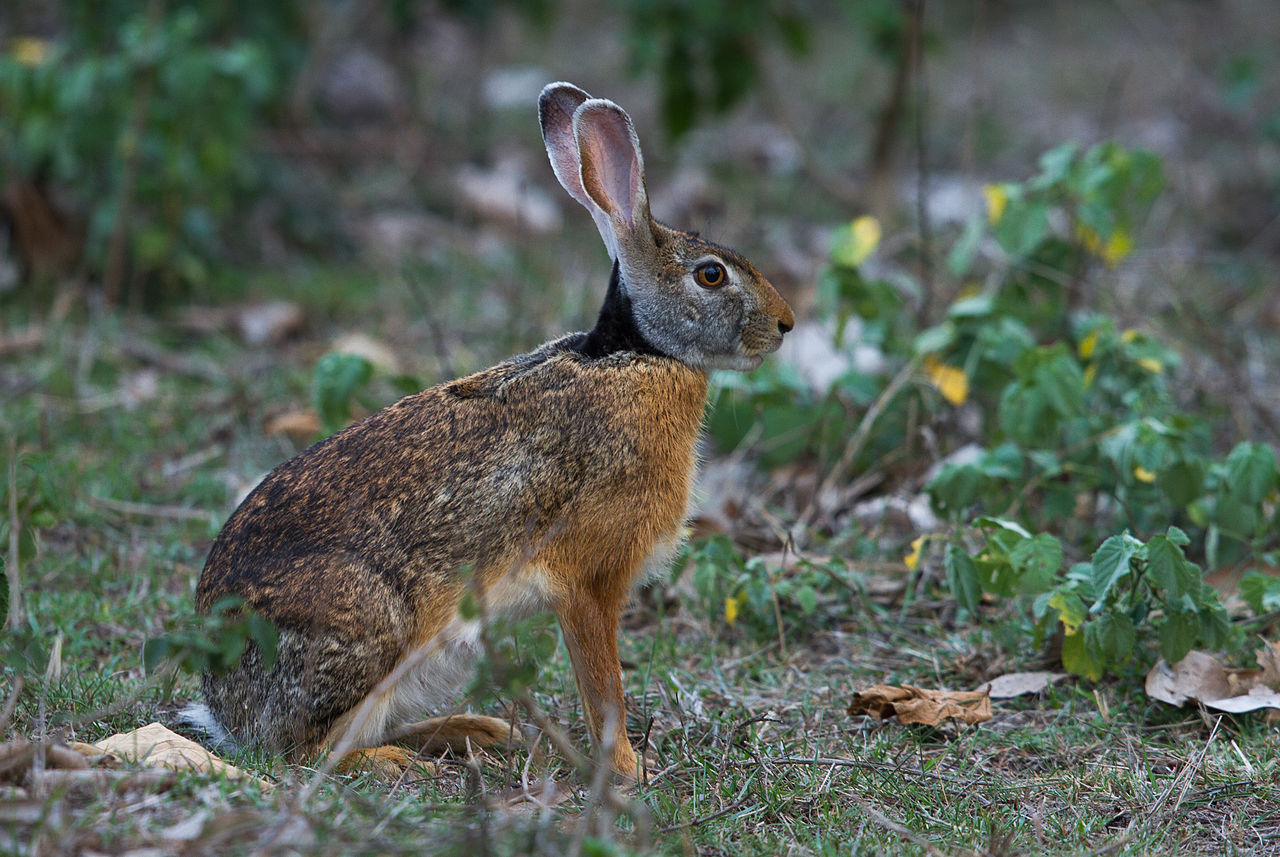
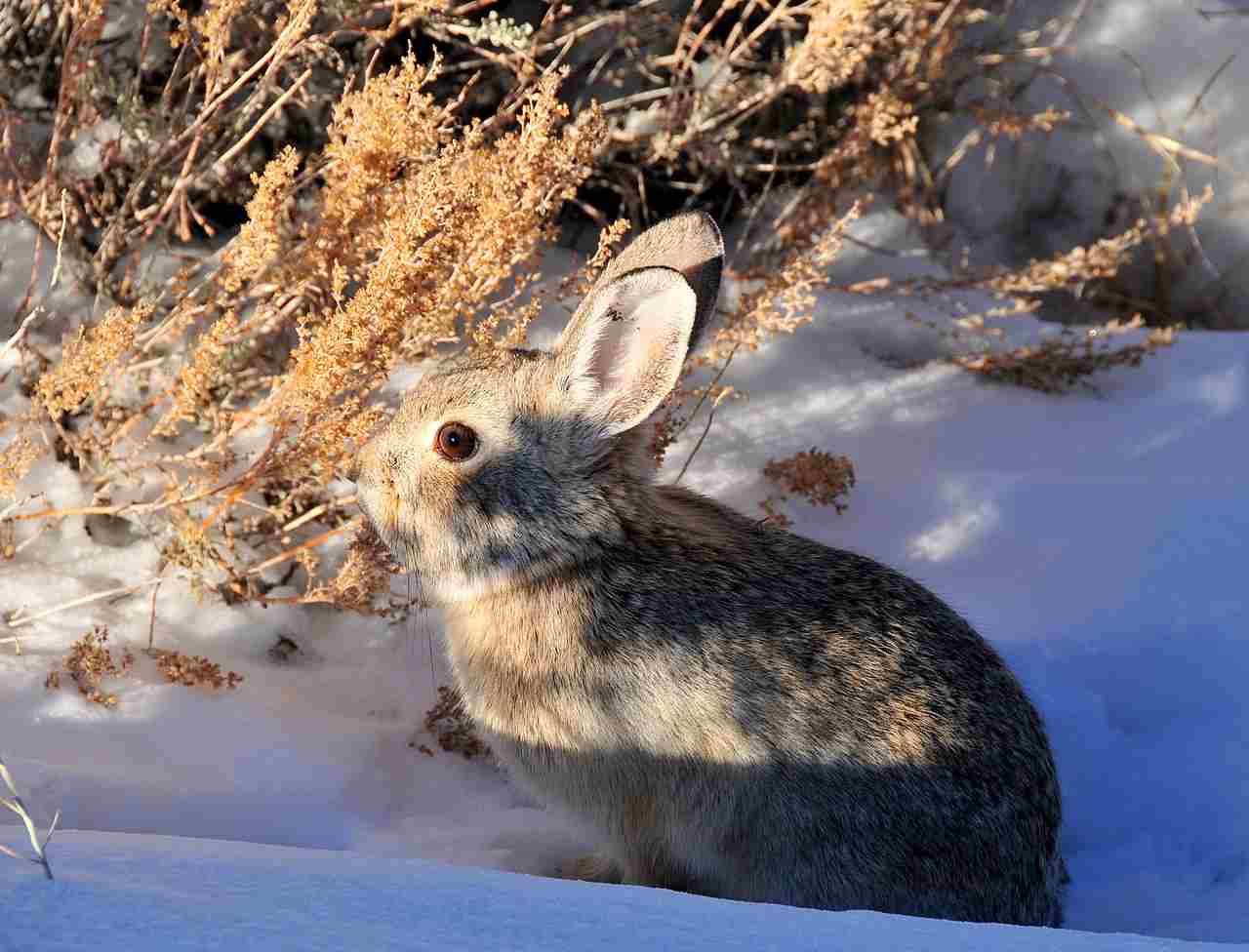
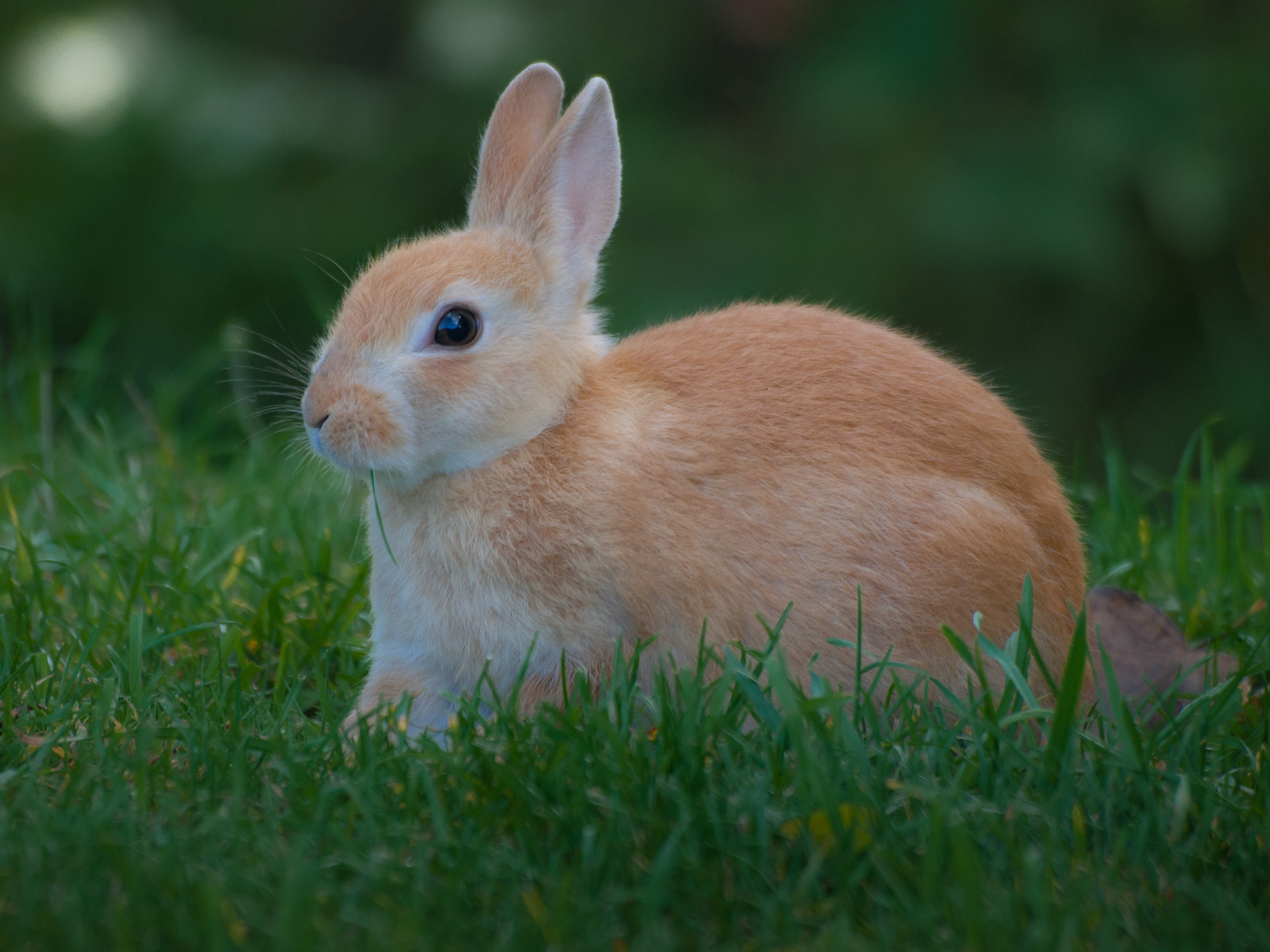
Hare:
Prefers open habitats like grasslands and tundra.
Found in various regions worldwide.
Rabbit/Bunny:
Thrives in habitats with vegetation and suitable burrowing sites.
Distributed globally, adapting to diverse ecosystems.
Ecological Implications:
Hares’ habitat preference aligns with their open-field adaptations.
Rabbits’ ability to adapt to various habitats reflects their ecological versatility.
13. Tracks:
Hare:
Long hindfoot tracks, with distinct claw marks.
Rabbit/Bunny:
Shorter hindfoot tracks, often showing distinctive marks of the front paws.
Ecological Implications:
Hare tracks indicate their swift and leaping movement in open terrains.
Rabbit tracks highlight their burrow-based lifestyle and more deliberate movements in confined spaces.
14. Lifespan:
Hare:
Generally shorter lifespan, averaging 1 to 4 years in the wild.
Rabbit/Bunny:
Longer lifespan, ranging from 5 to 10 years in the wild.
Ecological Implications:
Hares’ shorter lifespan aligns with their high-risk, predator-rich environments.
Rabbits’ longer lifespan allows for more extended reproductive periods and adaptation to varying environmental challenges.
15. Mode of Feeding:
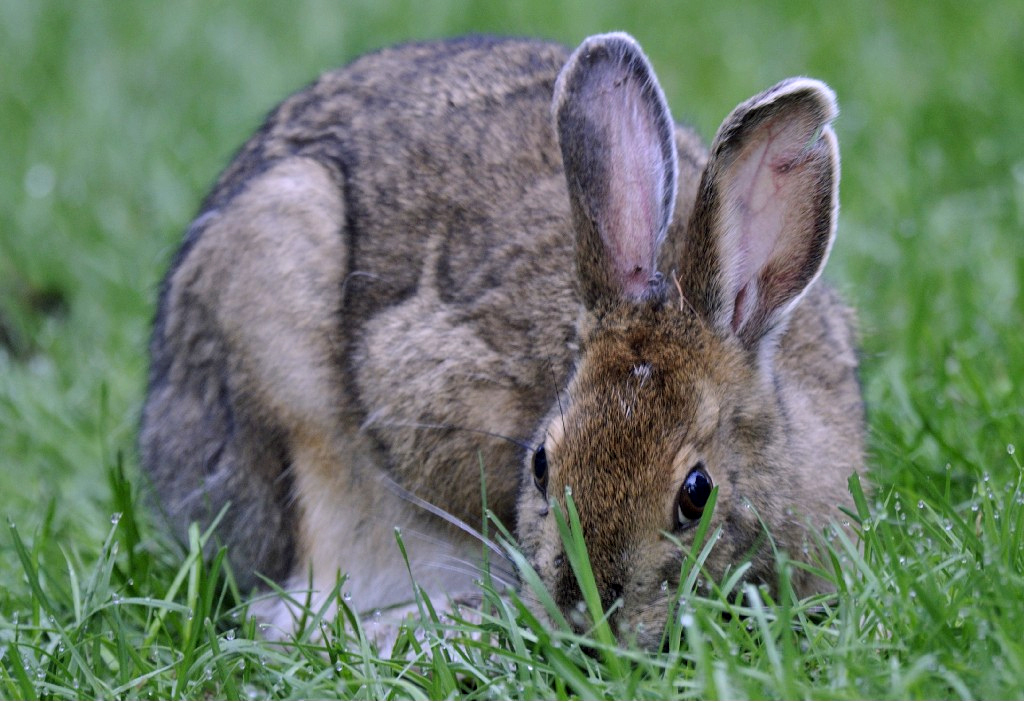
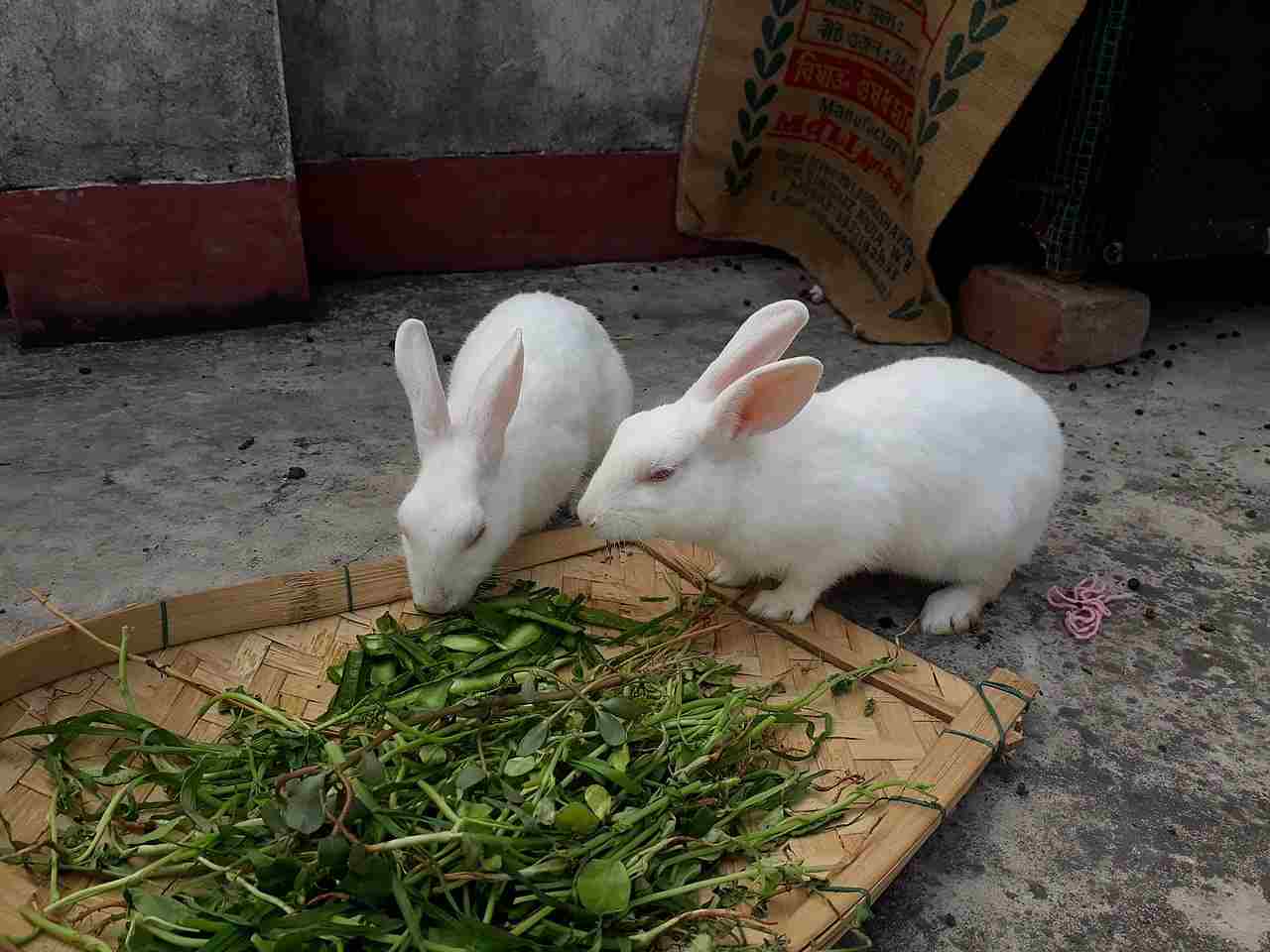
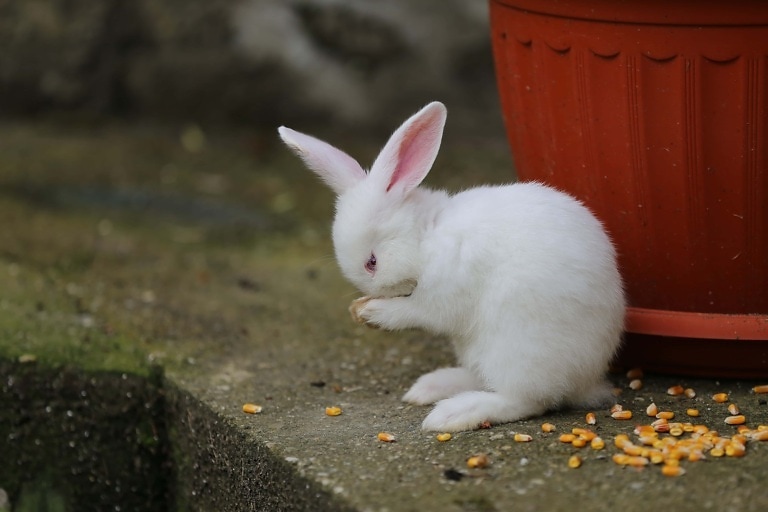
Hare:
Herbivorous, primarily consuming grasses and vegetation.
Rabbit/Bunny:
Herbivorous, with a diet comprising grasses, herbs, and some bark.
Ecological Implications:
Both hares and rabbits play crucial roles in controlling plant growth, affecting the vegetation dynamics in their respective habitats.
16. Intelligence:
Hare:
Display intelligence in evading predators through strategic running.
Rabbit/Bunny:
Intelligent burrowers, capable of intricate tunnel systems.
Ecological Implications:
Hares’ intelligence aids in survival through evasion tactics.
Rabbits’ intelligence contributes to the construction and maintenance of burrows, essential for protection and shelter.
17. Social Behavior:
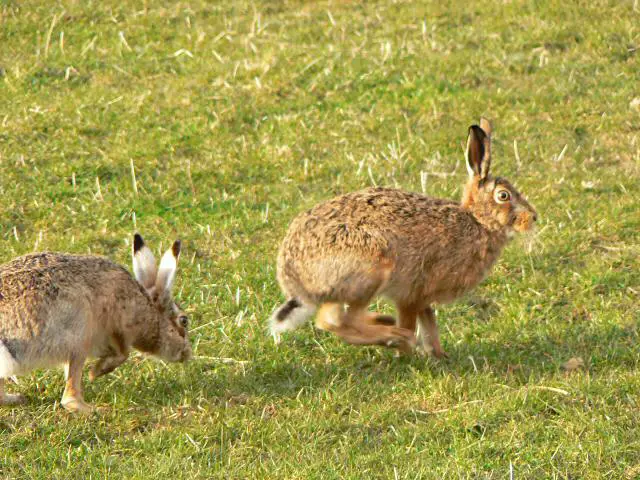
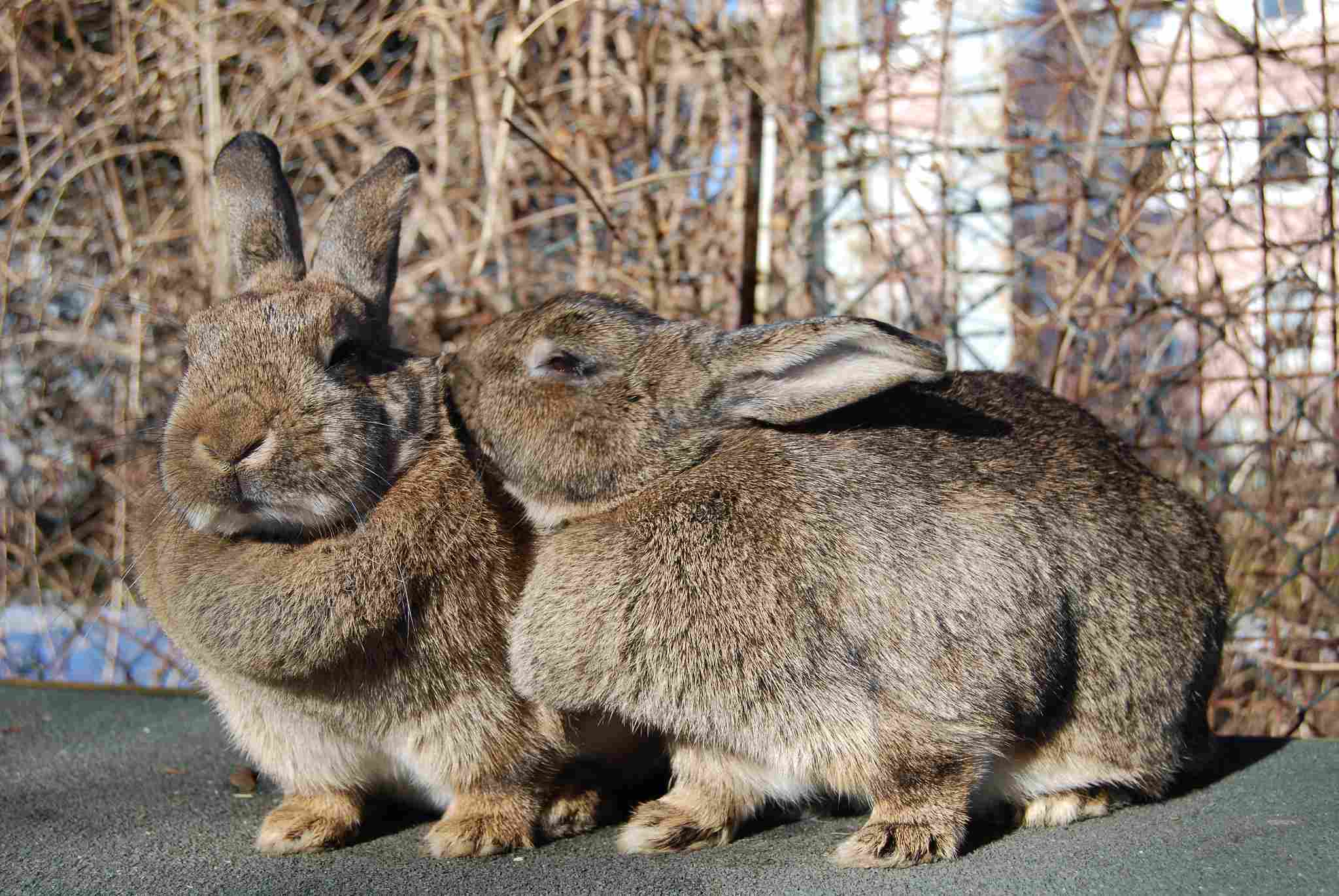
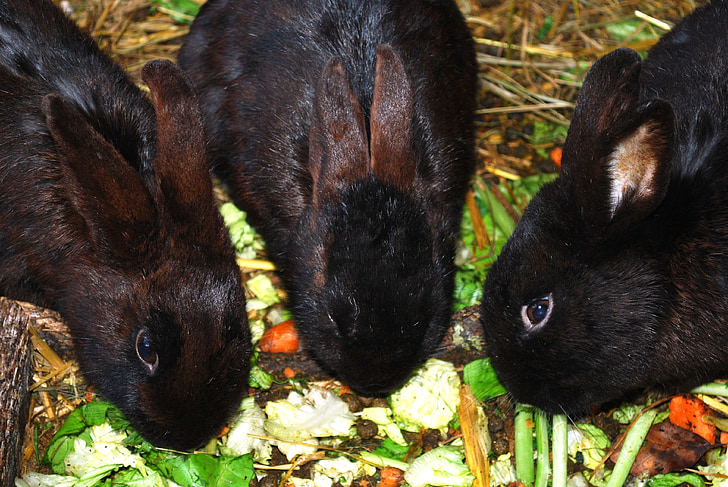
Hare:
Generally solitary, more territorial.
Rabbit/Bunny:
Social animals, often living in colonies with complex social structures.
Ecological Implications:
Hares’ solitary behavior reduces competition in open habitats.
Rabbits’ social structure enhances cooperative behaviors, especially in burrow construction and defense against predators.
18. Mode of Reproduction:
Hare:
Typically have leverets (young hares) precocial at birth, with open eyes and furred.
Rabbit/Bunny:
Kits (young rabbits) are altricial, born hairless and with closed eyes.
Ecological Implications:
Hares’ precocial young align with their need for rapid mobility in open habitats.
Rabbits’ altricial young reflect their reliance on the safety of burrows during early development.
19. Parental Behavior:
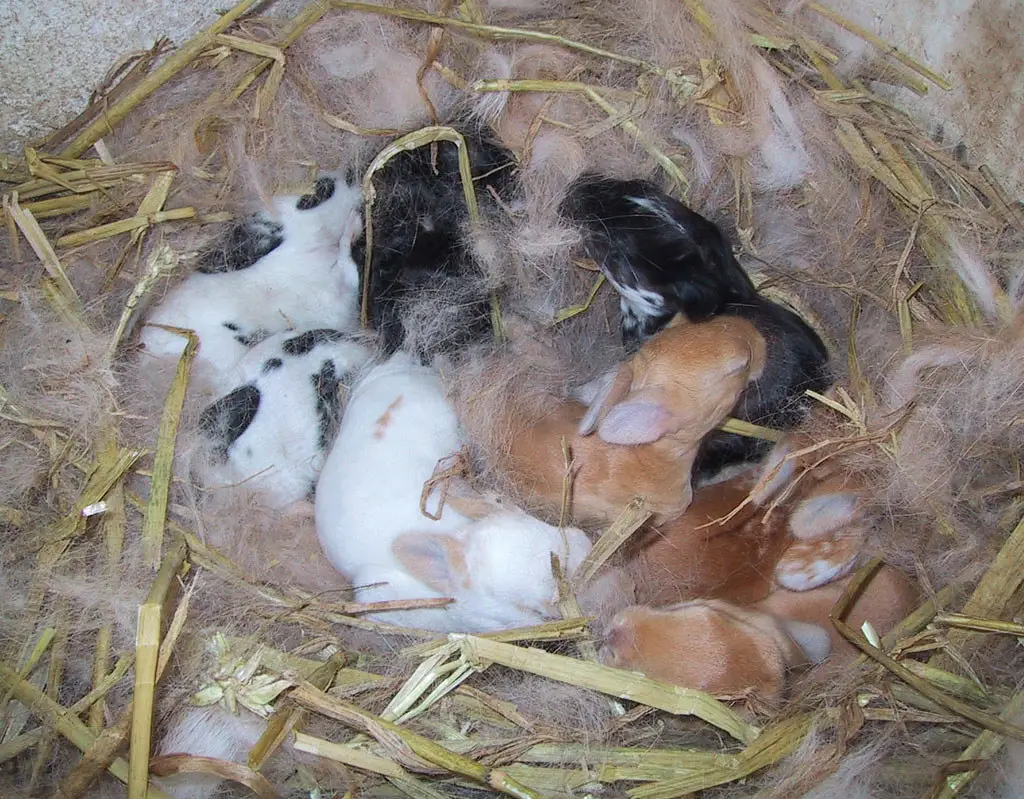
Hare:
Limited maternal care; leverets are left alone in concealed nests.
Rabbit/Bunny:
Mothers nurse and care for altricial kits in the safety of the burrow.
Ecological Implications:
Hares’ limited parental care is influenced by their need to minimize scent and attract predators away from the nest.
Rabbits’ maternal care in burrows enhances the survival chances of altricial offspring.
20. Proximity to Human-Inhabited Areas:
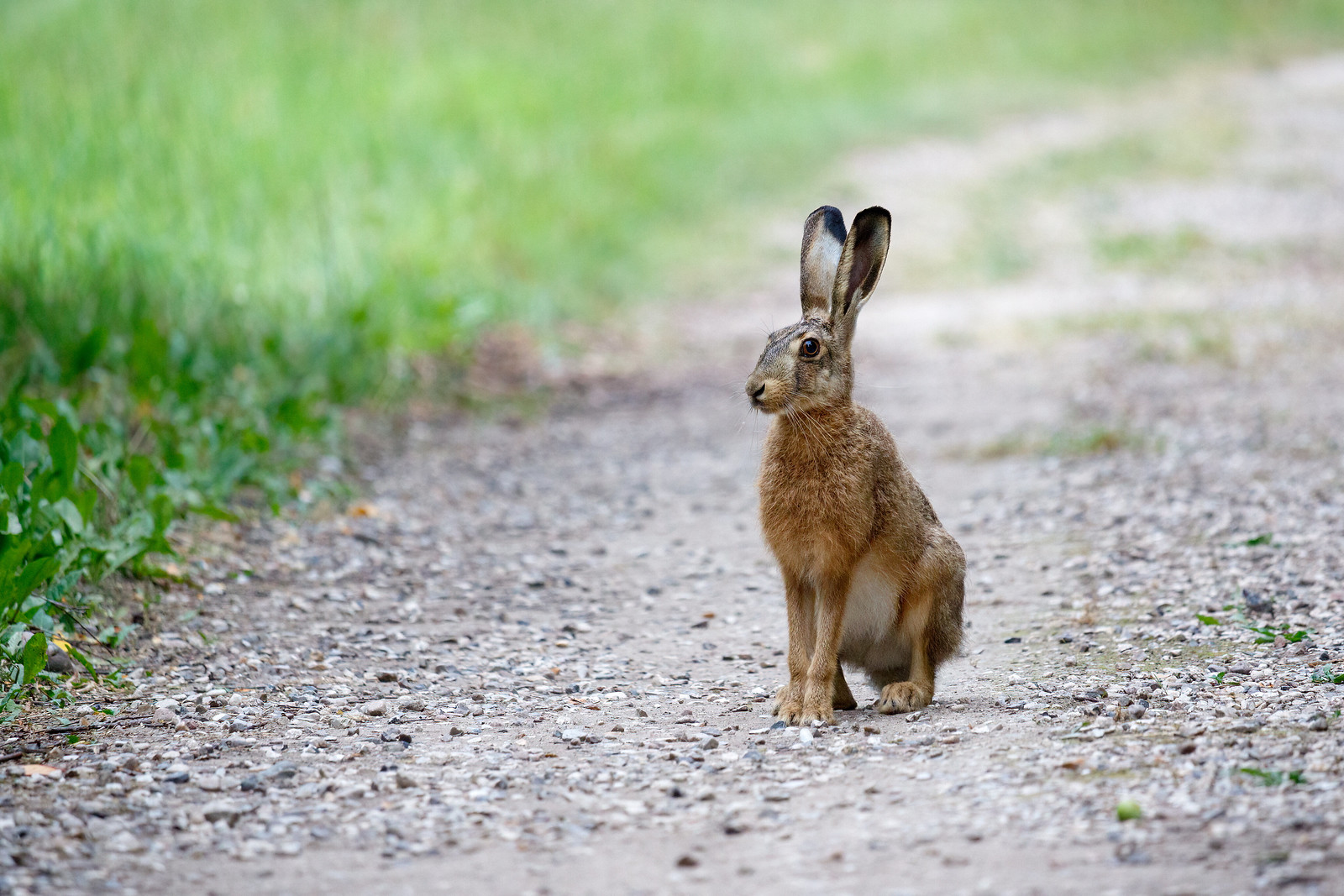
Hare:
Tends to avoid human settlements and urban areas.
Rabbit/Bunny:
Can adapt to urban environments, often found in suburban gardens and parks.
Ecological Implications:
Hares’ avoidance of human-inhabited areas reduces potential conflicts.
Rabbits’ ability to adapt to urban spaces may expose them to human-related threats and altered ecological dynamics.
21. Behavior Toward Humans:
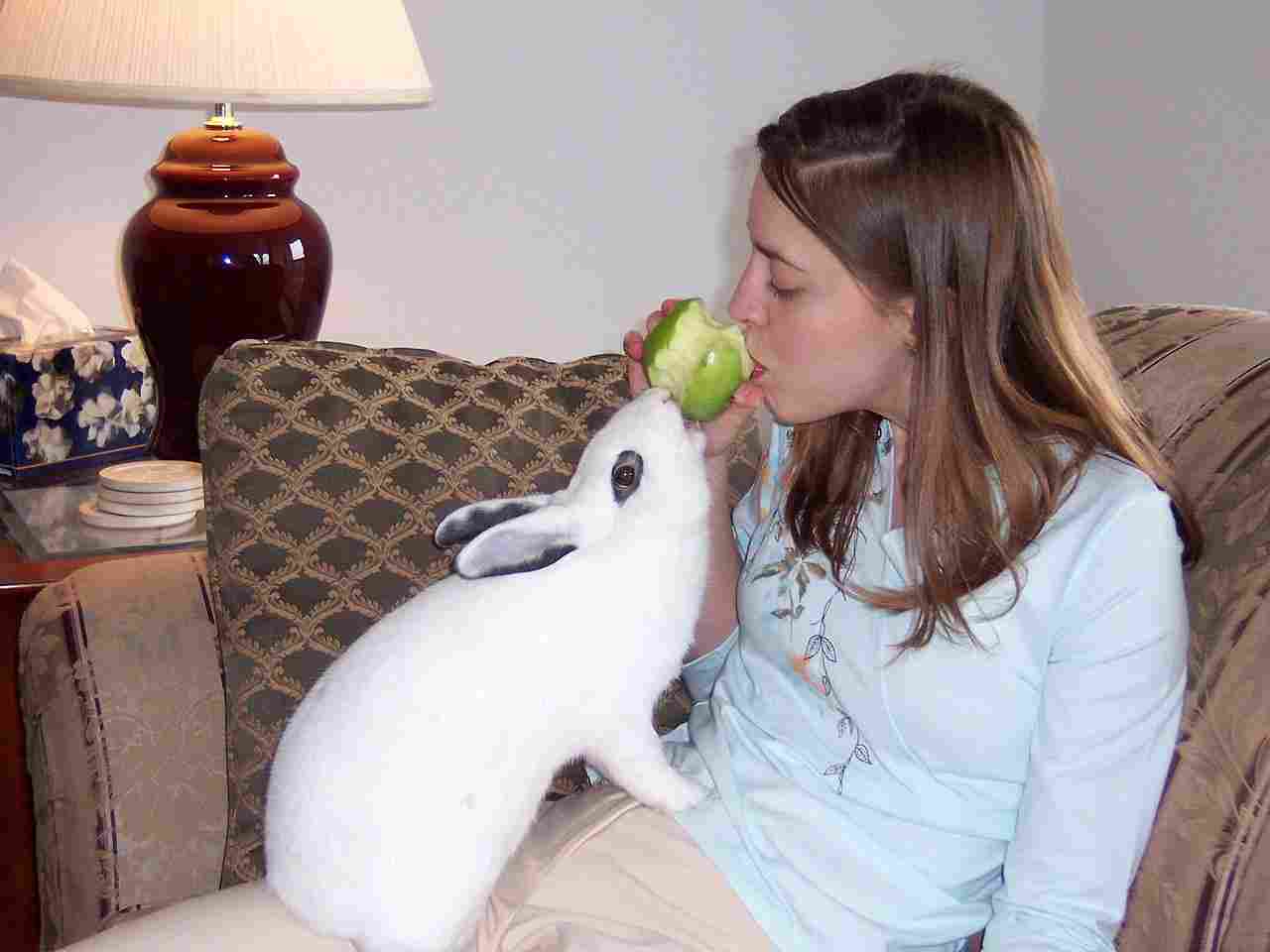
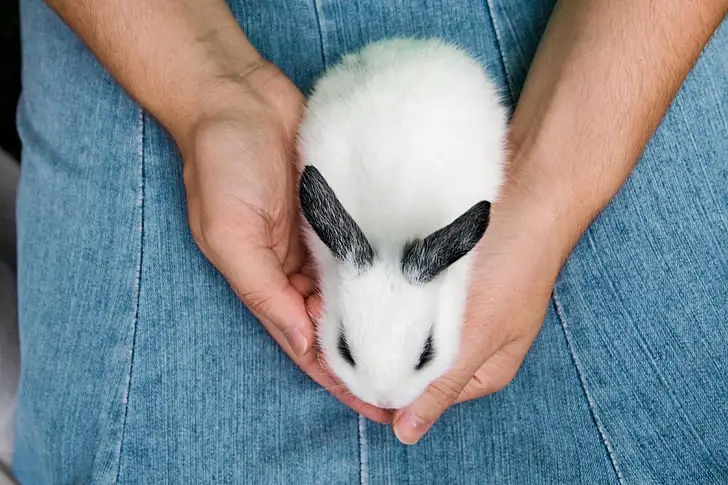
Hare:
Skittish and more likely to flee when encountering humans.
Rabbit/Bunny:
May exhibit a range of behaviors, from fleeing to curiosity or even approaching if accustomed to human presence.
Ecological Implications:
Hares’ skittish behavior contributes to their survival by minimizing exposure to potential threats.
Rabbits’ varied responses may be influenced by their level of habituation to human activities and the availability of food resources.
22. Danger Posed to Humans:
Hare:
Generally poses no direct danger to humans; more likely to flee.
Rabbit/Bunny:
Rarely poses a direct threat, but can scratch or bite if cornered or feels threatened.
Ecological Implications:
Hares’ avoidance of humans contributes to their overall safety and reduces potential conflicts.
Rabbits’ defensive behaviors are more likely triggered by perceived threats, emphasizing the importance of respecting their space.
23. Associated Precautions:
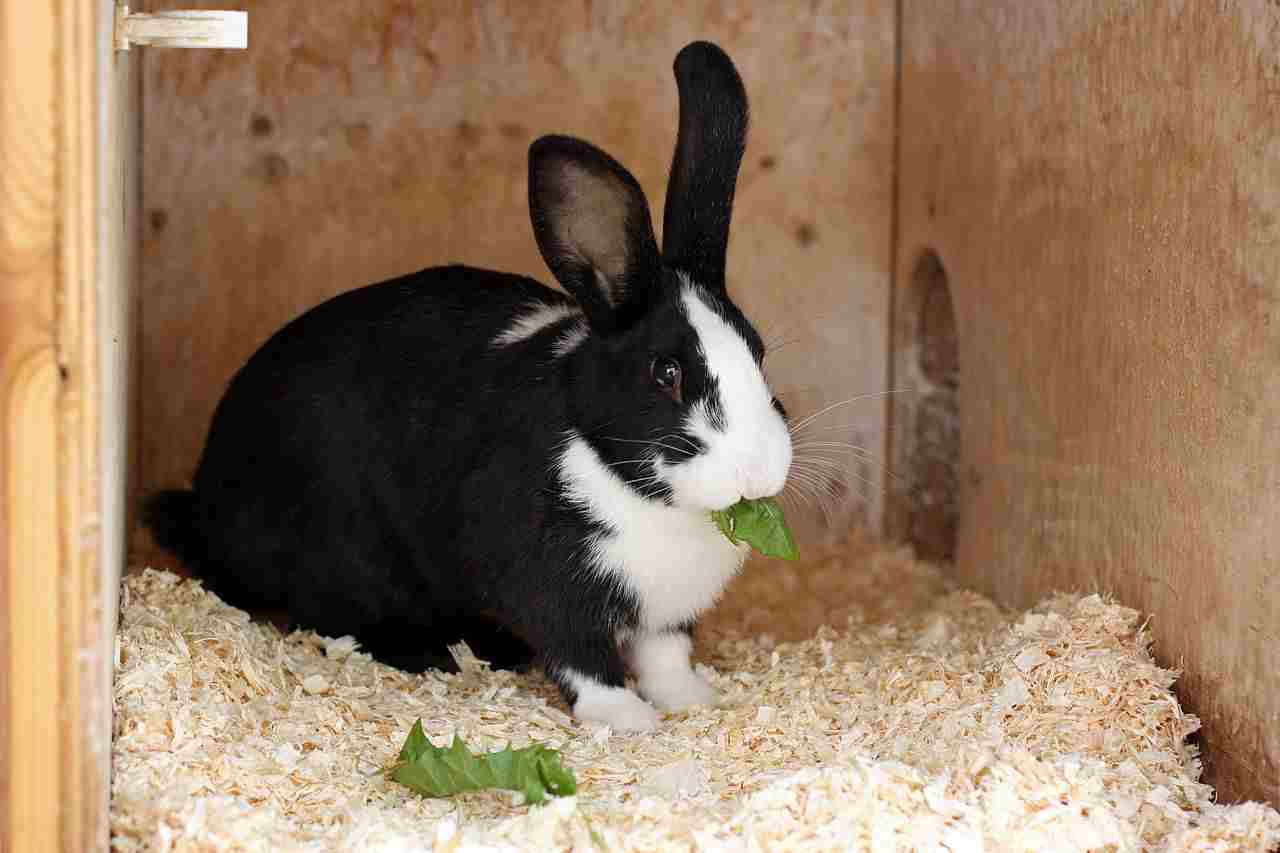
Hare:
Observation from a distance is recommended to avoid causing stress.
Rabbit/Bunny:
Caution needed when approaching, especially if they are in a confined space or have young.
Ecological Implications:
Respecting the space and behavior of hares minimizes disturbance to their natural behaviors.
For rabbits, precautions help prevent defensive responses, ensuring their safety and minimizing human-wildlife conflicts.
24. Conservation Status:
Hare:
Conservation status varies by species; some are of least concern, while others may face threats.
Rabbit/Bunny:
Conservation status varies, with some species being of least concern, and others facing habitat loss or other threats.
Ecological Implications:
Conservation efforts are essential to maintain biodiversity and ecological balance, as both hares and rabbits contribute to their ecosystems.
*Summary of Comparison
Appearance:
Hare: Longer legs and ears, seasonal fur changes.
Rabbit/Bunny: Shorter legs and ears, consistent fur color, adapted for burrowing.
Size:
Hare: Generally larger, robust build.
Rabbit/Bunny: Smaller, more compact body structure.
Weight:
Hare: Heavier, more muscular.
Rabbit/Bunny: Lighter, slender build.
Dentition and Bite Force:
Hare: Longer incisors, higher bite force (around 800 PSI).
Rabbit/Bunny: Shorter incisors, lower bite force (around 350 PSI).
Physical Offensive Advantages:
Hare: Swift runners, sharp claws.
Rabbit/Bunny: Agile, powerful hind leg kicks.
Physical Defensive Advantages:
Hare: Camouflage, exceptional leaping.
Rabbit/Bunny: Burrowing, camouflage, freeze response.
Speed:
Hare: Faster, reaching 64 km/h (40 mph) or more.
Rabbit/Bunny: Slightly slower, around 56 km/h (35 mph).
Agility:
Hare: Agile in high-speed chases.
Rabbit/Bunny: Highly agile, especially in confined spaces.
Senses:
Hare: Excellent hearing, vision, sensitive to vibrations.
Rabbit/Bunny: Well-developed hearing, smell, eyes on sides for broad view.
Overall Physical Capacity:
Hare: Suited for endurance running, leaping.
Rabbit/Bunny: Tailored for agility, burrow living.
Habitat Preference(s) and Geographic Region:
Hare: Open habitats (grasslands, tundra), global distribution.
Rabbit/Bunny: Vegetation-rich habitats, global distribution, adaptable.
Tracks:
Hare: Long hindfoot tracks, distinct claw marks.
Rabbit/Bunny: Shorter hindfoot tracks, distinctive front paw marks.
Lifespan:
Hare: Shorter, 1 to 4 years.
Rabbit/Bunny: Longer, 5 to 10 years.
Mode of Feeding:
Both herbivorous, contributing to vegetation control in their habitats.
Intelligence:
Hare: Intelligent in evading predators.
Rabbit/Bunny: Intelligent burrowers.
Social Behavior:
Hare: Generally solitary, territorial.
Rabbit/Bunny: Social, living in colonies with complex structures.
Mode of Reproduction:
Hare: Precocial leverets.
Rabbit/Bunny: Altricial kits.
Parental Behavior:
Hare: Limited maternal care, leverets left alone.
Rabbit/Bunny: Maternal care in burrows.
Proximity to Human-Inhabited Areas:
Hare: Avoids human settlements.
Rabbit/Bunny: Can adapt to urban areas.
Behavior Toward Humans:
Hare: Skittish, likely to flee.
Rabbit/Bunny: Varied responses, depending on habituation.
Danger Posed to Humans:
Hare: Generally poses no direct danger.
Rabbit/Bunny: Rarely poses a threat, may scratch or bite if threatened.
Associated Precautions:
Hare: Observe from a distance.
Rabbit/Bunny: Caution needed, especially in confined spaces or with young.
Conservation Status:
Both species vary in conservation status, emphasizing the need for conservation efforts.
Conclusion
I. Similarities:
Both hares and rabbits belong to the Leporidae family, sharing common ancestry.
Herbivorous diets and essential roles in controlling vegetation growth.
II. Differences:
– Divergent adaptations such as open-field sprinting (hare) vs. burrow living (rabbit/bunny). – Contrasting parental behaviors and modes of reproduction. – Varied responses to human presence, with hares generally more skittish than rabbits.
